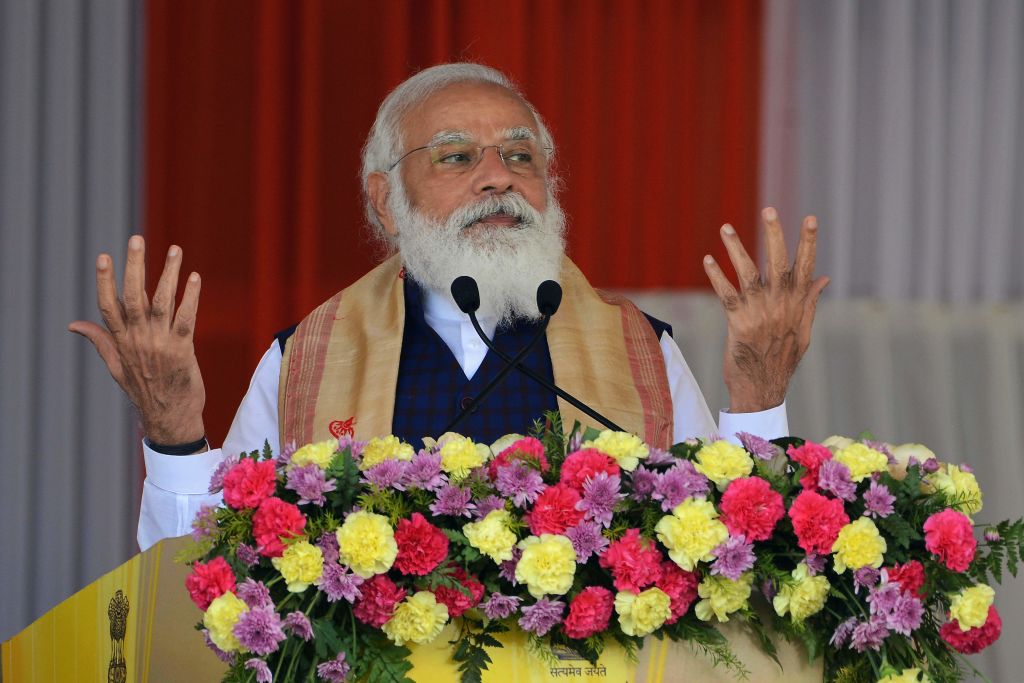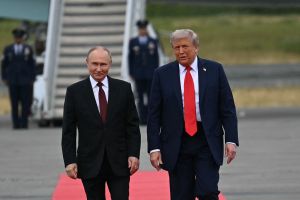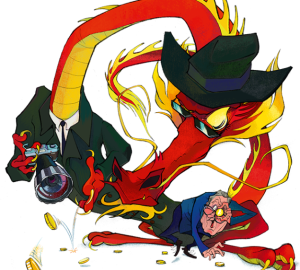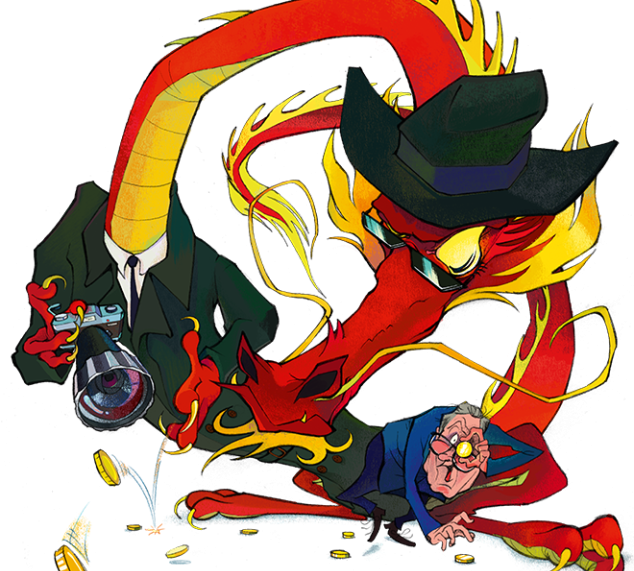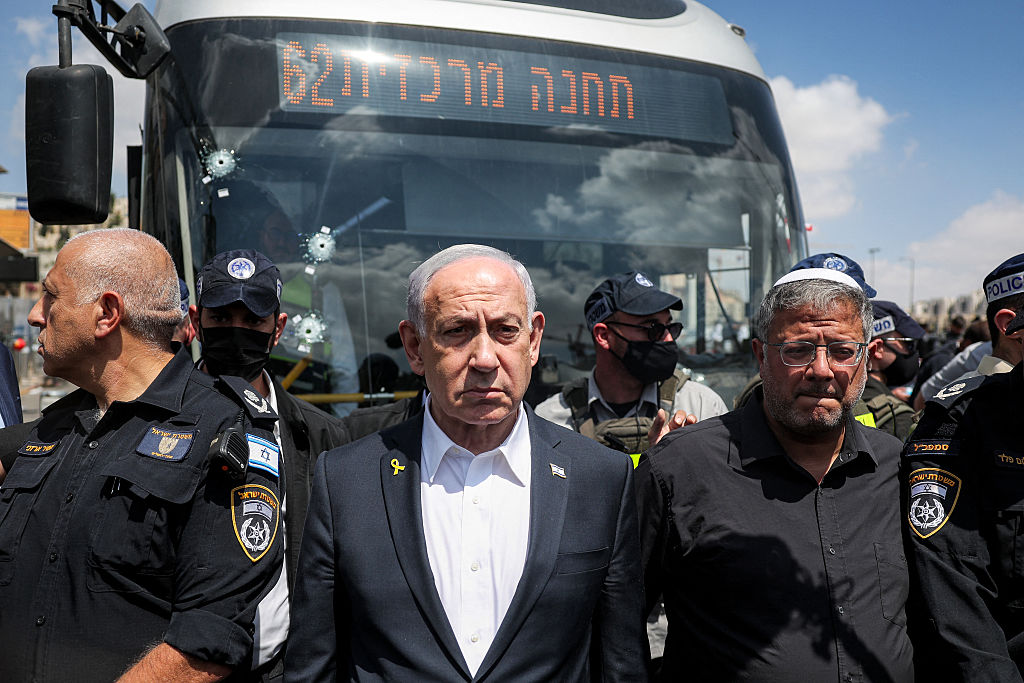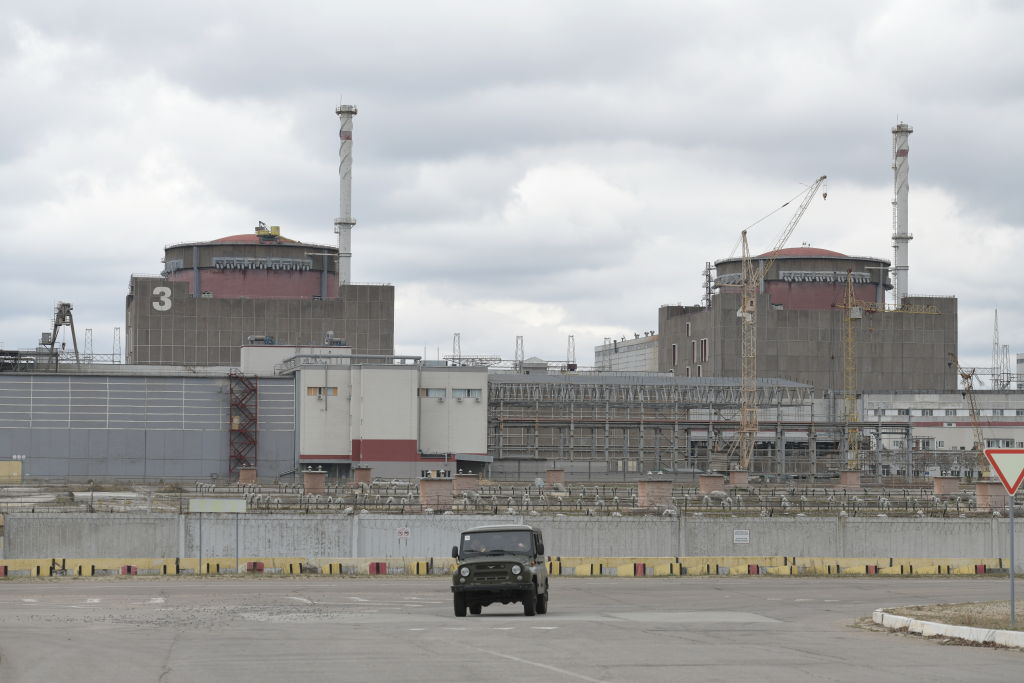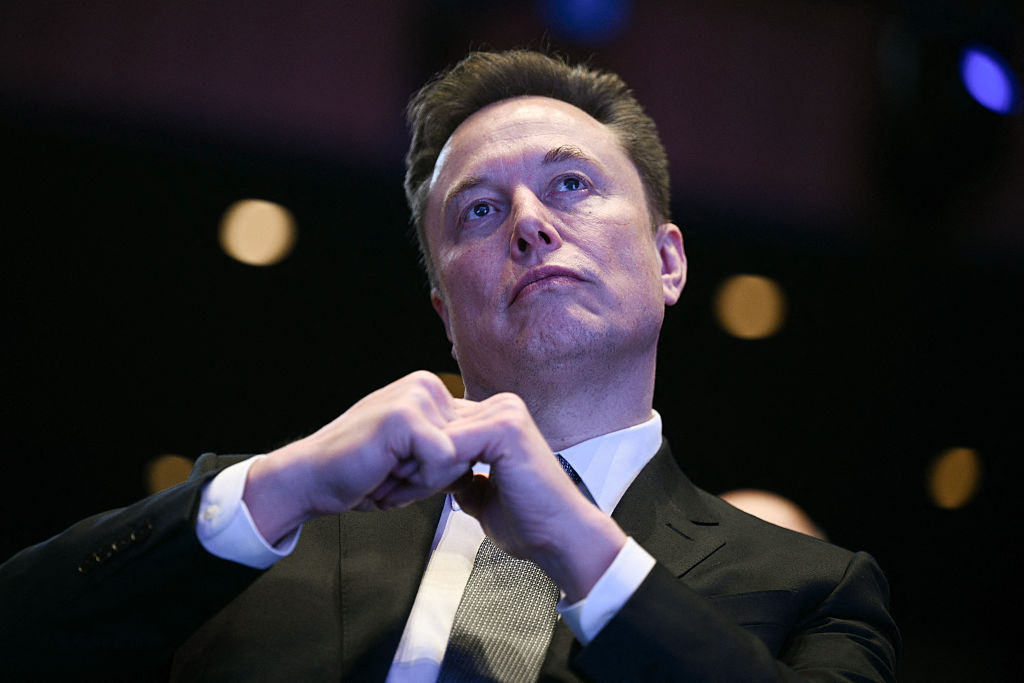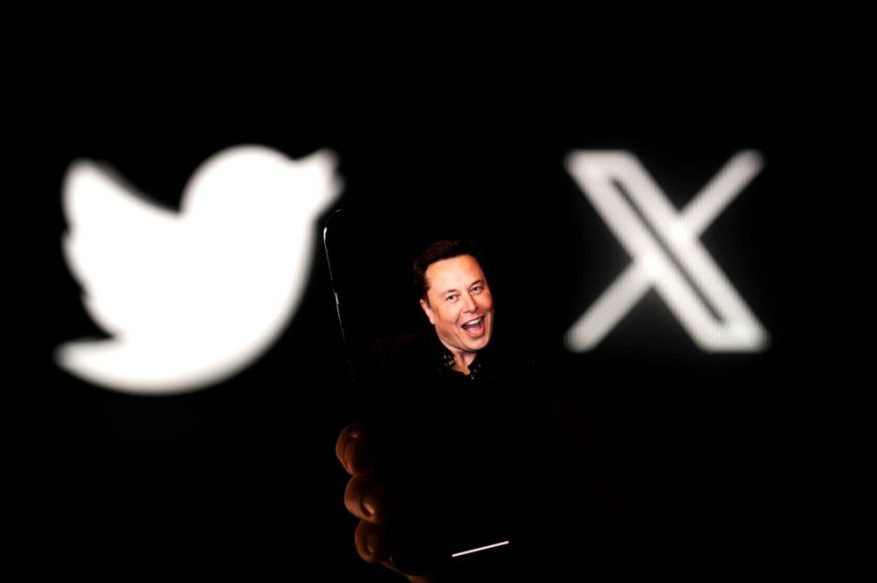‘Vaccine diplomacy’ is playing an increasingly important role in the geopolitics of the COVID-19 pandemic. Countries like China and India are attempting to bolster their credentials and earn some goodwill by donating or selling their surplus vaccine supplies to low-income countries, or nations with longer term partnership potential.
China has already donated half a million doses of the Sinopharm vaccine to its regional ally Pakistan. This followed President Xi’s announcement earlier this year that the development and deployment of a Chinese vaccine will be ‘a global public good.’ Meanwhile China’s regional rival India, which has the world’s largest vaccination program, is driving forward its ‘Vaccine Maitri’ (Vaccine Friendship) initiative. A consignment of Indian-made vaccine doses arrived in Kuwait in the last few days. India has already donated over 5.5 million doses to neighboring countries such as Nepal, Bangladesh and Bhutan. India sees cooperation with other nations in fighting the global pandemic as a national priority. When Indian vaccines arrived in South Africa, the Indian minister Dr S. Jaishankar tweeted, ‘In it together. Made in India vaccines land in Johannesburg, South Africa. #VaccineMaitri’.
India has a $42 billion pharmaceutical sector and produces 60 percent of the world’s vaccines. The Serum Institute of India also happens to be the world’s largest manufacturer of vaccines by volume. The country’s outward-looking ‘Vaccine Maitri’ drive is therefore a source of national pride — and no doubt an indicator of its soft power on the international stage.
China has a large manufacturing capacity too. Reports indicate that Sinovac alone will be able to produce 300 million doses a year — and China requires far more global affection, given the way in which it handled the initial Wuhan outbreak.
China, like India, will boost its pharmaceutical sector, give the world the impression it cares and make new friends along the way — as it has already done in Brazil, where it has rolled out one of its vaccines. While China and India rattle their sabers over their shared border, both countries have made global health cooperation an integral part of their foreign policy.
As a concept, ‘vaccine diplomacy’ is nothing new. The first modern vaccine was discovered in 1798 by Gloucestershire scientist Edward Jenner, who found that cowpox administered as an inoculum could prevent smallpox. Even though there were ongoing hostilities between England and France, that didn’t prevent the English helping their neighbors eliminate smallpox. By 1800, Jenner’s vaccine was being dispatched to France. During the Napoleonic wars, Jenner wrote to the French to say, ‘the sciences are never at war’. More recently, ‘vaccine diplomacy’ has resulted in negotiated ceasefires in Africa and Central Asia while mass immunization programs tackle polio.
Dr Peter J. Hotez, co-director of the Center for Vaccine Development at Texas Children’s Hospital and a former science envoy in the Obama administration, is the author of a forthcoming book, Preventing the Next Pandemic Vaccine Diplomacy in a Time of Anti-Science. We discussed the Chinese, Indian and Russian vaccine programs. He told me he viewed India’s approach, ‘as more of a pure expression of true “vaccine diplomacy”’, emphasizing India’s track record of mass vaccine production and longstanding history of working with the World Health Organization’s established regulatory mechanism. He suggested, ‘the likelihood is that India is going to rescue the world in making low-cost high-quality vaccines available and responding quickly to the new variant to adjust their vaccines accordingly.’
Hotez told me that ‘with China it seems to be very much linked to exerting political influence which is not really in the true spirit of “vaccine diplomacy”, it’s more this new term called “vaccine nationalism’”.
We’ve witnessed ‘vaccine nationalism’ in the West too. In part, it’s driven by the stark difference between rich and poor nations when it comes to scientific innovation, production and stockpiling of vaccines. It’s difficult to blame nations for prioritizing their own needs first. But just 16 percent of the world’s population have secured 60 percent of the global vaccine supply, according to Duke University’s Global Health Institute. In Europe, the escalation of ‘vaccine wars’ has fortunately been averted with the European Commission. The dispute not only threatened the UK vaccine supply chain but could have soured longer term bilateral relations between Britain and the EU.
We will have to wait and see if India’s vaccine production will rescue the world. Nevertheless, the Indian premier Narendra Modi appears bullish about his nation’s leadership role. Referring to a conversation he’d had with his South African counterpart, Cyril Ramaphosa, last week, Modi announced that: ‘India’s capacity to produce medicines and vaccines is supporting the efforts of many nations, including our friends in Africa.’ There is no doubt that India and China are on a worldwide charm offensive, vying for international influence and accolade — it only remains to be seen who will come out on top.
This article was originally published on The Spectator’s UK website.



